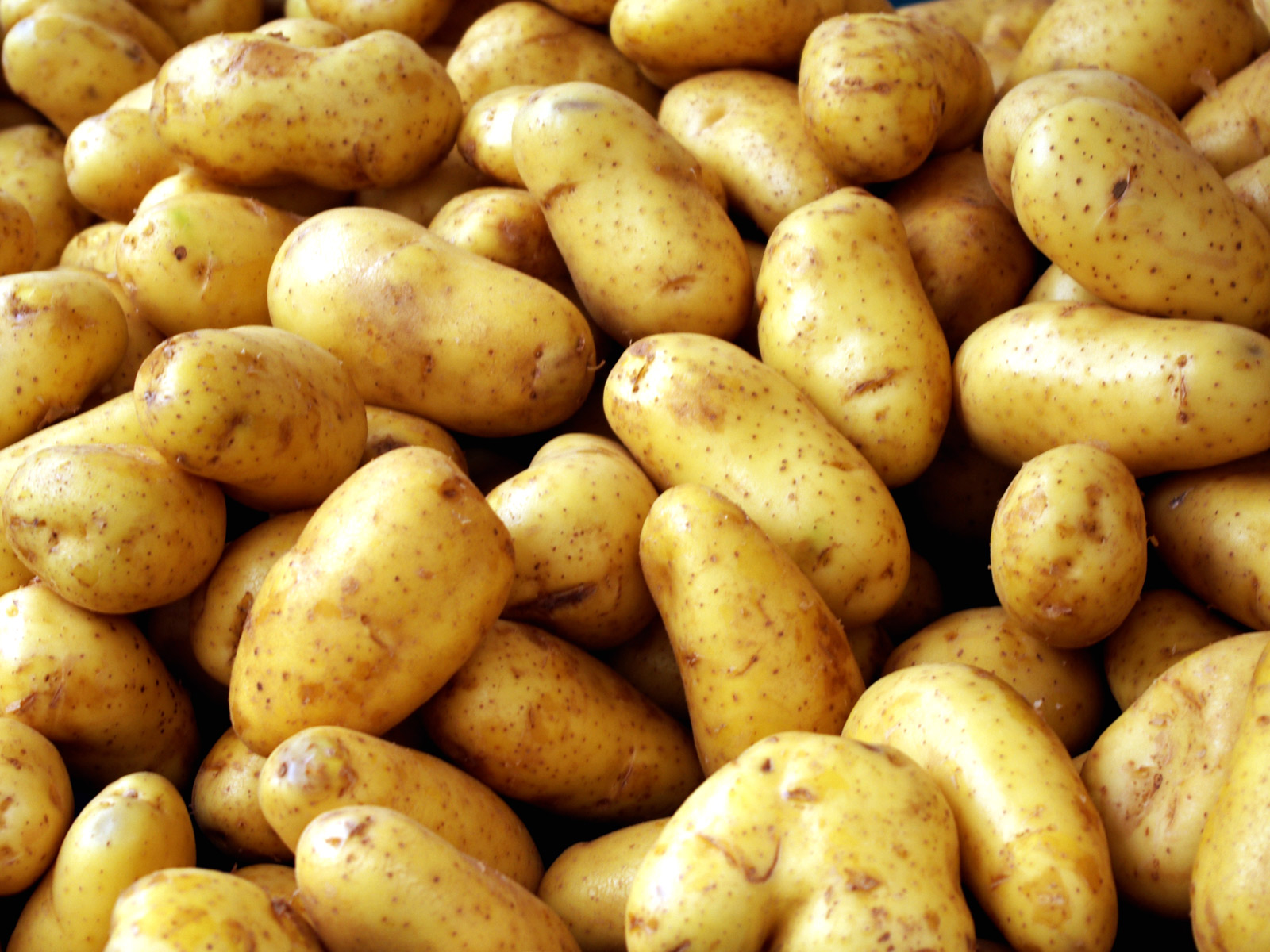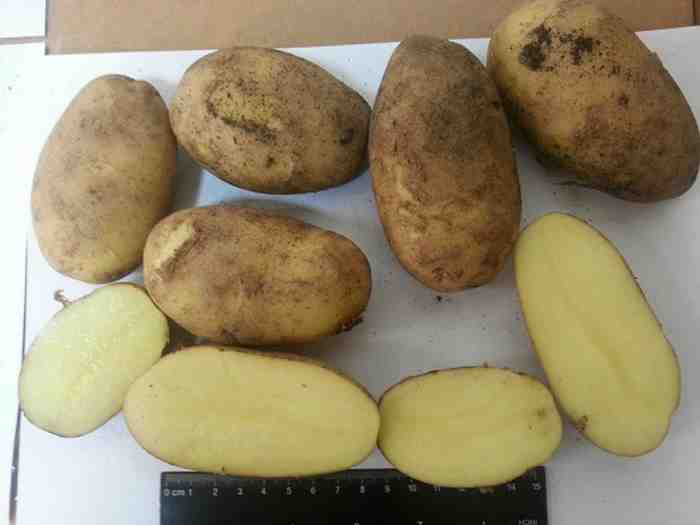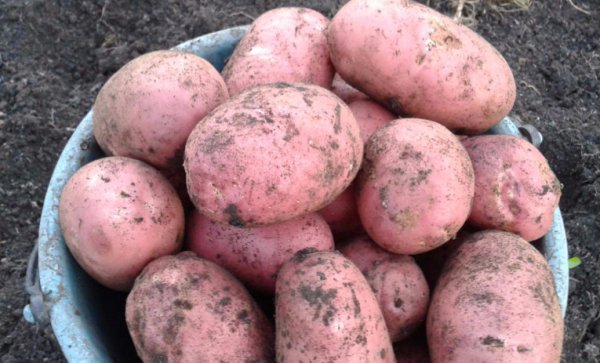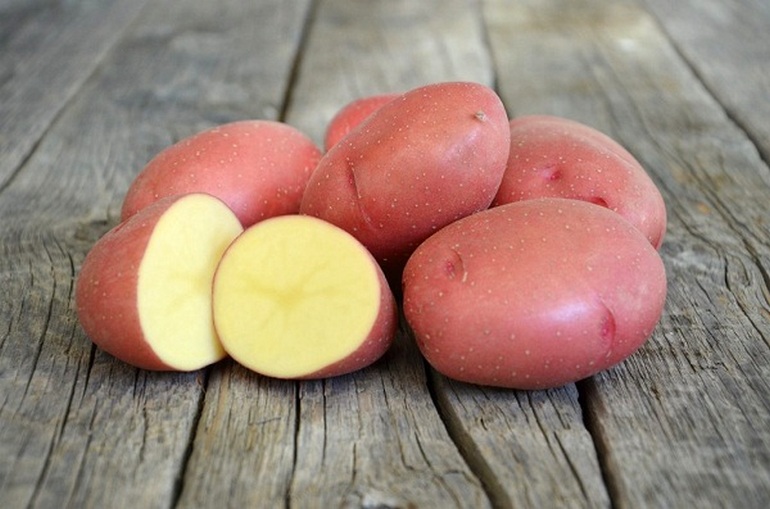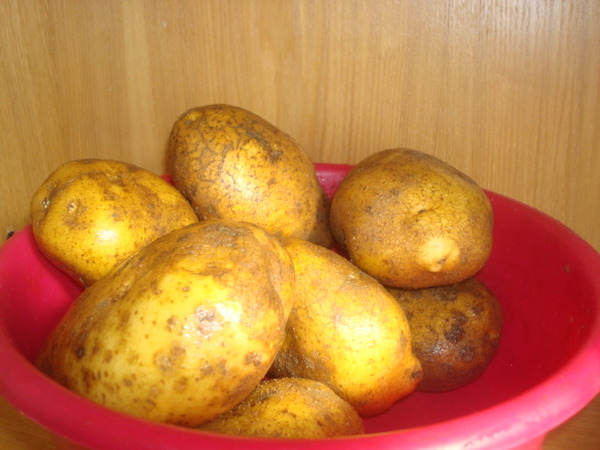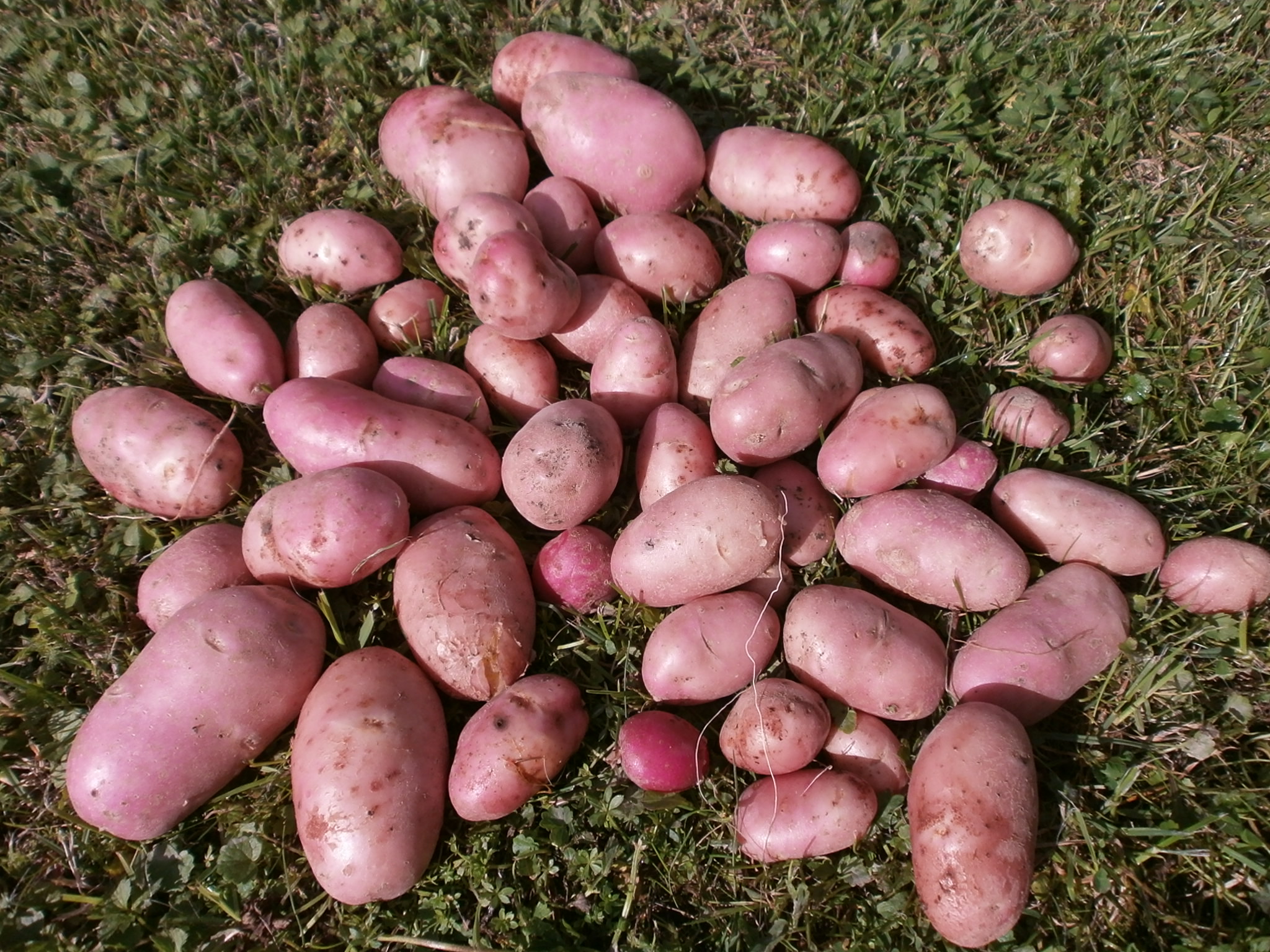Content:
You don't have to wait until the end of summer to enjoy young potatoes from your garden. If you choose the right kind of root crop, then you can harvest in June. What is the best potato for planting? The early potatoes of the 40-day Vesna variety are popular among summer residents, since they not only ripen early, but also have a number of advantages over other ultra-early varieties.
General information about culture
Potatoes 40 days Spring bred by specialists of the Leningrad Research Institute of Agriculture. Included in the State Register of the Russian Federation in 1994. This culture is widespread in Moldova, Ukraine, Belarus. Variety Vesna is also zoned in the Far Eastern, Ural, Volgo-Vyatka and Siberian regions of Russia. Purpose of table potatoes. It is successfully grown by gardeners for their own consumption and for sale. Since the root vegetable has a low starch content, it is suitable for preparing a variety of dishes.
Vegetable growers cultivate 2 varieties of this very early variety, which differ slightly from each other in morphological characteristics: Spring pink and Spring white.
Characteristics and features of the grade
About the parameters of this forty-day potato according to the description of the variety:
- The height of the shrub is average. By the end of the growing season, the bushes lie down;
- Leaves are light green, small in size, dissected;
- The flowers are red-violet (lilac), the flowering period is short-lived. If the seedlings are not watered, then the shrub may not bloom at all;
- Stems are angular, slightly branched;
- The tubers are oval;
- The peel is smooth with small eyes, light pink in color (in Spring, the peel is creamy white);
- The average weight of the root crop is 80-140 grams;
- Starch content - from 12 to 16%.
Forty-day potatoes Spring is famous for its high yield. Provided that the correct technology for growing high-quality potatoes is observed, it is possible to harvest up to 50 tons from one hectare, because 9-15 early maturing tubers ripen on each shrub. The early ripening variety Vesna has a rapid growth of tops and rapid maturation of tubers. Already on the 45th day after the emergence of shoots, potatoes can be eaten. In addition, this variety has excellent keeping quality, during the frost period it tolerates wintering well.
If the tops begin to dry (around mid-July), then the growing season of the variety is over. The skin of the potato thickens, it loses its "young" taste.
Cultivation process
It is necessary to plant spring potatoes in open ground. It is best to grow root vegetables in areas where potatoes have not been cultivated for 3 or 4 years. It is preferable to plant pure-grade tubers, weighing 70-100 grams. For planting, take only a whole potato, no slices.
To obtain high yields, follow the following planting rules:
- Experienced vegetable growers recommend planting potatoes after winter crops, flax, annual or perennial grasses, legumes, lupine (on sandy soils). This is important for maintaining crop rotation. Only then can you get a rich harvest of an early potato variety for 40 days;
- Choose a well-lit area, and just before planting, dig it deep into one bayonet shovel and carefully loosen the soil with a rake;
- Then you need to mark the bed into rows with an interval between them of 75-80 cm;
- Dig small holes in a row (about 7-8 cm), with a distance of 30 cm between them;
- At the bottom of the hole, you need to fill in high-quality humus. Never fertilize with fresh manure. The planting material is very sensitive to non-rotted manure;
- Place one potato in each hole and cover with it. For prevention, it is better to process seed roots before planting with copper sulfate (1 teaspoon per 3 liters of water). To eliminate rust on the tubers, root the plantings with a superphosphate solution (3 tablespoons per bucket of water);
- The optimum temperature for the effective development of the root crop is from 18 to 22C.
Recommendations for care:
- Timely loosen the soil in the aisles and rows with the appearance of the first shoots;
- Control weeds with any convenient method. The method of mulching is very popular;
- Apply top dressing (nitrophosphate) and hilling after the appearance of the first leaves;
- Additional watering only if necessary. Usually in the spring there is enough melt water for the entire short growing season of the plant.
Advantages and disadvantages of the variety
The indisputable advantages of spring potatoes are:
- Early maturity;
- High productivity;
- Resistance to potato diseases;
- Presentation of tubers.
But the main thing dignity given varieties – this is sustainability to following diseases:
- Bacterial diseases;
- Potato cancer;
- Late blight;
- Nematode;
- Infection with pathogenic fungi;
- Verticillium and Fusarium wilting.
Spring potatoes (pink or white, does not matter) are not highly susceptible to viruses and scab, which reduces the need for chemicals to protect the plantings.
As for the shortcomings, they were not identified by agronomists.
Spring potatoes are a practical choice both for growing in your own garden and on an industrial scale for further sale.

